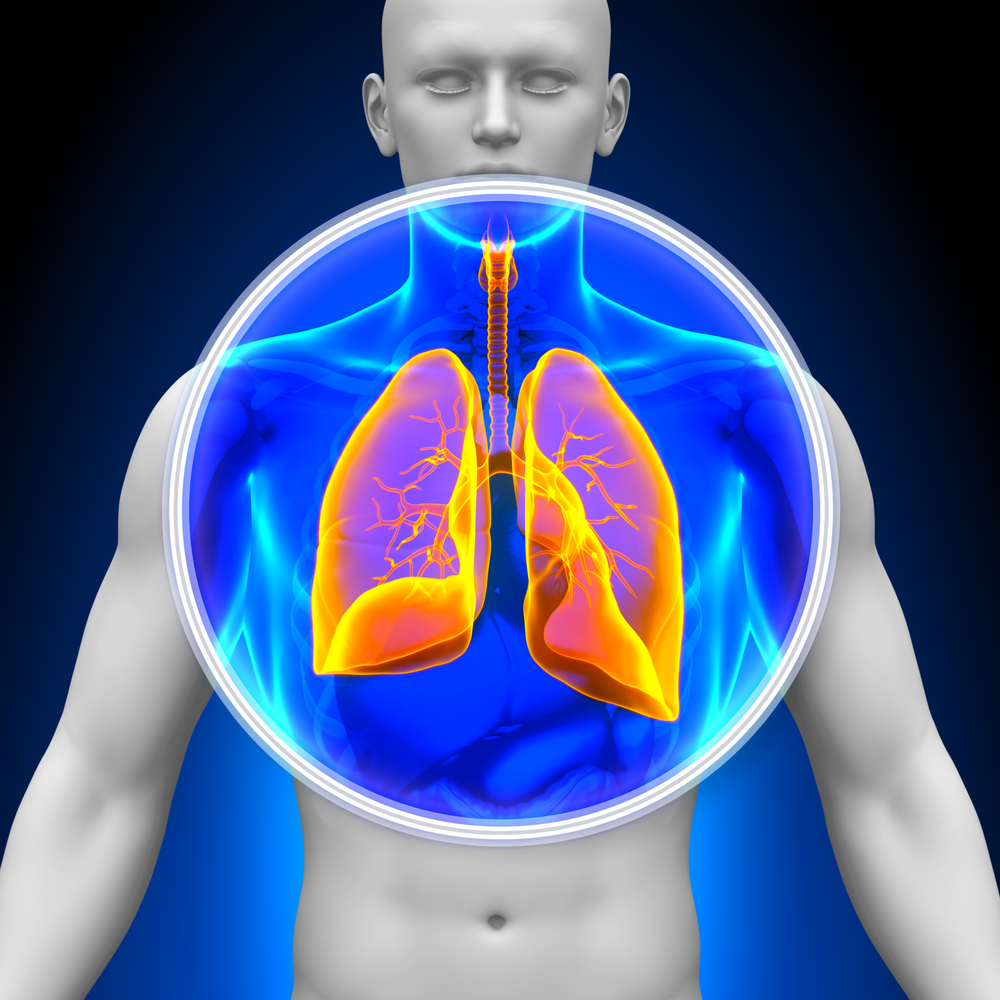Scientists from Brown and Yale University have uncovered a new mitochondrial pathway whose expression acts as a switch that triggers Chronic Obstructive Pulmonary Disease (COPD) in patients. COPD is the third largest cause of death in the United States alone, and occurs mostly due to extensive exposure to tobacco or cigarette smoke.
According to Dr. Jack A. Elias, dean of medicine and biological sciences at Brown University and corresponding author of the study in the Journal of Clinical Investigation, “This is a new school of thought in terms of what causes emphysema and a new school of thought regarding how cigarette smoke does what it does. We’re showing that a lot of what’s going on is related to mitochondria.”
It has been observed that an error in the mitochondrial immune response pathway called the “MAVS/RIG-I-like helices pathway” causes significant damage to the lungs when exposed to smoke. When normal, this pathway is responsible for providing innate immune responses against foreign pathogens. Another important observation was that of the protein NLRX1, which is an inhibitor of this mitochondrial immune response pathway. Researchers have shown that under normal circumstances, this NLRX1 protein prevents the unnecessary activation of MAVS/RIG-I-like helices pathway, and acts as a protective shield. On exposure to cigarette smoke, this protective shield is broken and a cascade of pathways including the MAVS/RIG-I-like helices pathway leading to unwanted immune responses are activated. This causes severe damage to the lungs and induces COPD.
[adrotate group=”3″]
“Our observation is that NLRX1 is a critical inhibitor of MAVS/RIG-like helicase signaling that is affected by cigarette smoking exposure,” said study lead author Min-Jong Kang, a researcher at both Yale and Brown.
Scientists and researchers performed experiments on mice as well as humans, both healthy and COPD-affected and found that lower levels of NLRX1 were associated with greater breathing difficulties, poor prognosis and increased propensity of developing emphysema when exposed to smoke. In mice, it was also observed that genetically engineered mice who lacked both the MAVS/RIG-I-like helicase pathway and the NLRX1 gene also sustained lesser lung damage when exposed to smoke.
Though the study reports are pivotal in understanding a part of the mechanism of lung damage in COPD, many questions still remain unanswered. How cigarette smoke manages to suppress the action of NLRX1 or what happens if there is a mutation in the gene encoding for NLRX1 and its consequences on the severity of COPD in patients — these are some of the areas which need deeper insights.

